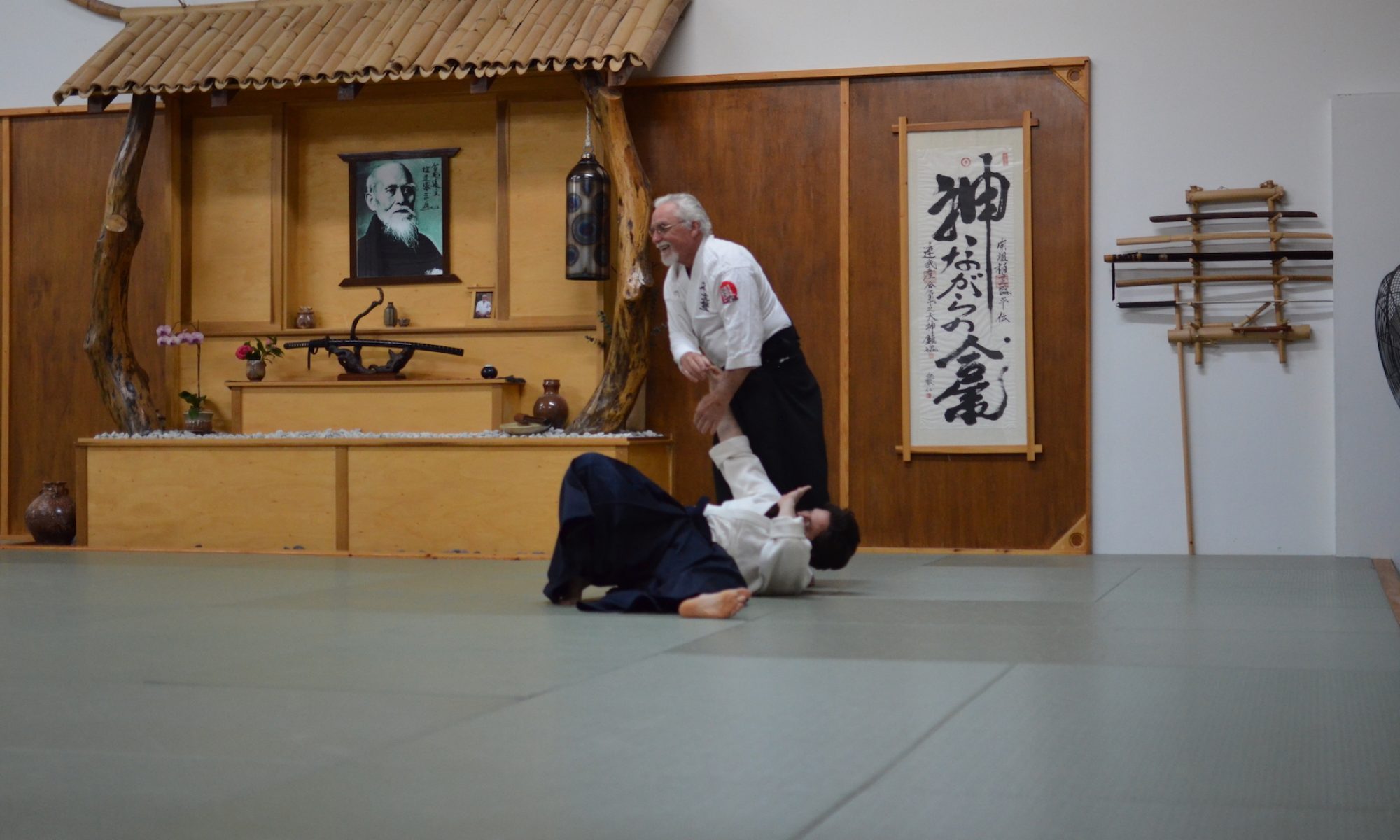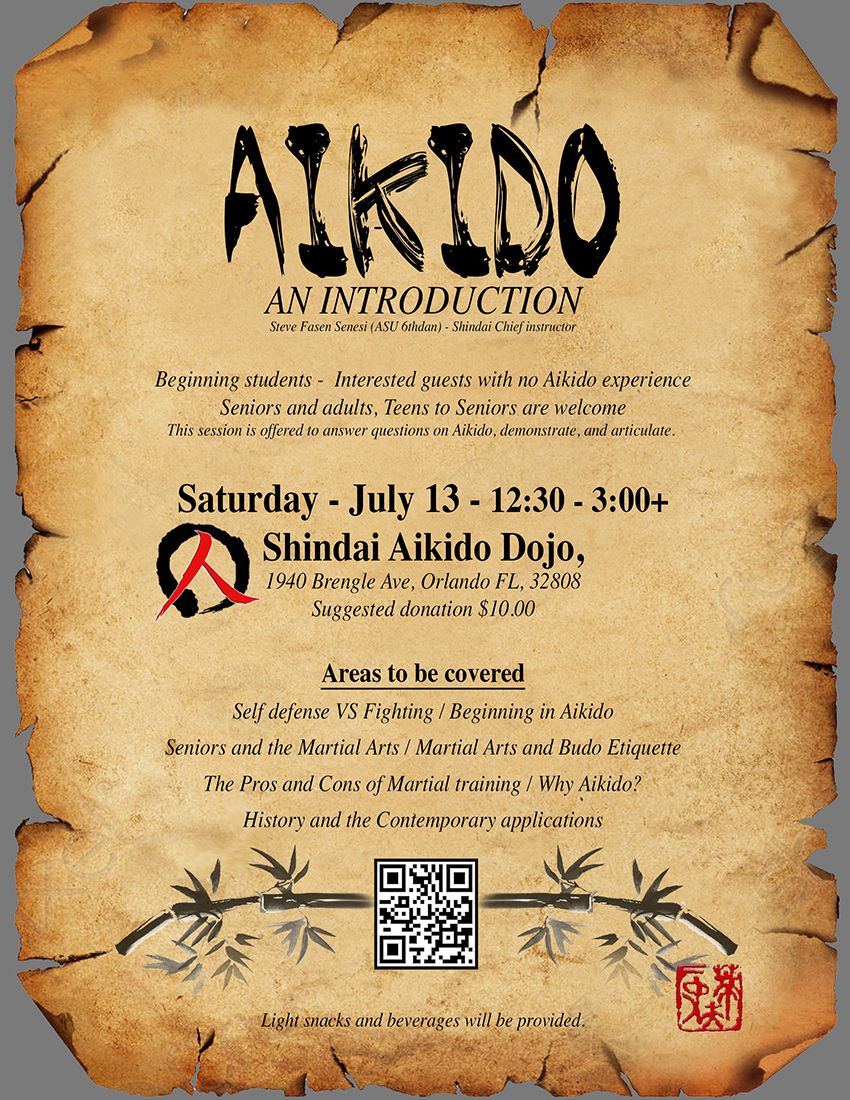AIKIDO
AN INTRODUCTION
Steve Fasen Senesi (ASU 6thdan) – Shindai Chief instructor
Saturday – July 13
Shindai Aikido Dojo
1940 Brengle Ave, Orlando FL, 32808
The session will begin at 12:30 – 3:00
Registration & Information at Shindai.com
$10 suggested donation
This is for existing New Students in Aikido – Interested guests with no Aikido experience
Adults and Seniors seeking a portal into Martial Arts study – Teens to Seniors are welcome
This session is offered to answer questions on Aikido, Self Defense vs Fight training, Seniors in the Martial Arts, Beginning the training process, Dojo intro, demonstration, and articulation.
Areas to be covered
Self defense training VS Fight training: Aikido has no formal sport competitions to validate superiority. While its purpose trains with physical interaction, it is structured to present the participant with a functional self-awareness in paired reflection. A foundation of (IN-YO) is inherent. This is a Japanese term or condition that essentially represents the dynamic universal interplay of all existence – the interplay between hard and soft, tension and relaxation, inhaling and exhaling, activity and rest, waking and sleeping. What conflicts on the inside and what conflicts externally in a normal life. The Aikido training signifies a state of ‘creative harmony’ or ‘dynamic balance’ (- as opposed to balance in a static ‘leveling-out’ sense) – an optimum state of being.
Conflict resolution mechanics. We do not train with the primary focus of the domination or destruction of our opponent. Fight training for sport competition or imagined scenarios, (in case you are attacked) is a facet of contemporary study of martial mechanics. This is inherent in Aikido, but the “Art” part of (Martial Arts) is communication and creativity. Aikido uses partner training to facilitate the redirection and control of conflicting energies toward a more life appropriate outcome. Technique is used as a platform of study.
Seniors and the Martial Arts: Seniors are capable of studying the martial arts once the obligation to compete with someone for a judges review is eliminated. Age for everyone can and does provide us with physical and cognitive challenges over time, for which the physical and perceptual aspects of Aikido provide intervention. It is a fascinating activity and study.
Gender restriction: Even though there is a recognized physical strength division between male and female… This is not a limitation in Aikido practice. Position provides power, where force is not required. Everyone can learn Aikido regardless of Gender, disabilities.
Beginning Aikido: The start begins with stepping onto the path. Coming to the dojo as regularly as possible, entering with commitment and a desire to learn. ShoShin. With a slow measured inclusion into the culture and training paradigm of the dojo, conscious at all times of trying too much, too soon, it is easy. It is the first “Step” that defines a course.
Martial Arts and Budo etiquette: (Budō) is a Japanese term describing modern Japanese martial arts. Literally translated it means the “Martial Way”, and may be thought of as the “Way of Warrrior” or the “Way of Martial Arts”. All have attending protocol for … As the way of the warrior; it embraces all the Japanese martial arts ( Shindai is a Budokan. Regardless of the discipline, Budo has at its core a structural etiquette of integrity, creativity, empathy, perseverance and discipline. There is a common effort through direct experience which includes a formula for behavior and the strengthening character. The Dojo varies, but as a state of mind, it all has the same facets which need to be polished.
The Pros and Cons of training:
Pros: Physical improvement, an understanding of human mechanics, physics, reaction. Improved balance, strength, mobility. A better control of action/reaction timing to conflicting energies.Why Aikido?
History and Contemporary applications. A different perspective of personal capability and awareness of the nature of limitations.
Con: Possibility of injury, muscle discomfort, necessary life scheduling.
A discussion in the Tea Room will be followed with a physical introduction to the training space, beginning terminology, training etiquette. Leading to a gathering on the training floor. A short class supporting body movement and partner training will take place. Demonstrations will be provided.
Bring your lunch. Light snacks and beverages will be provided.


